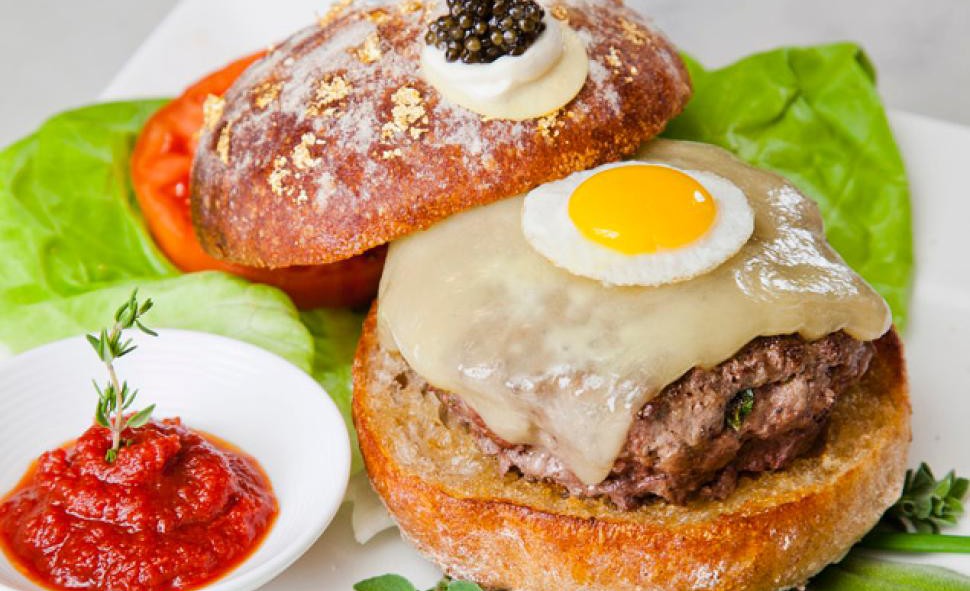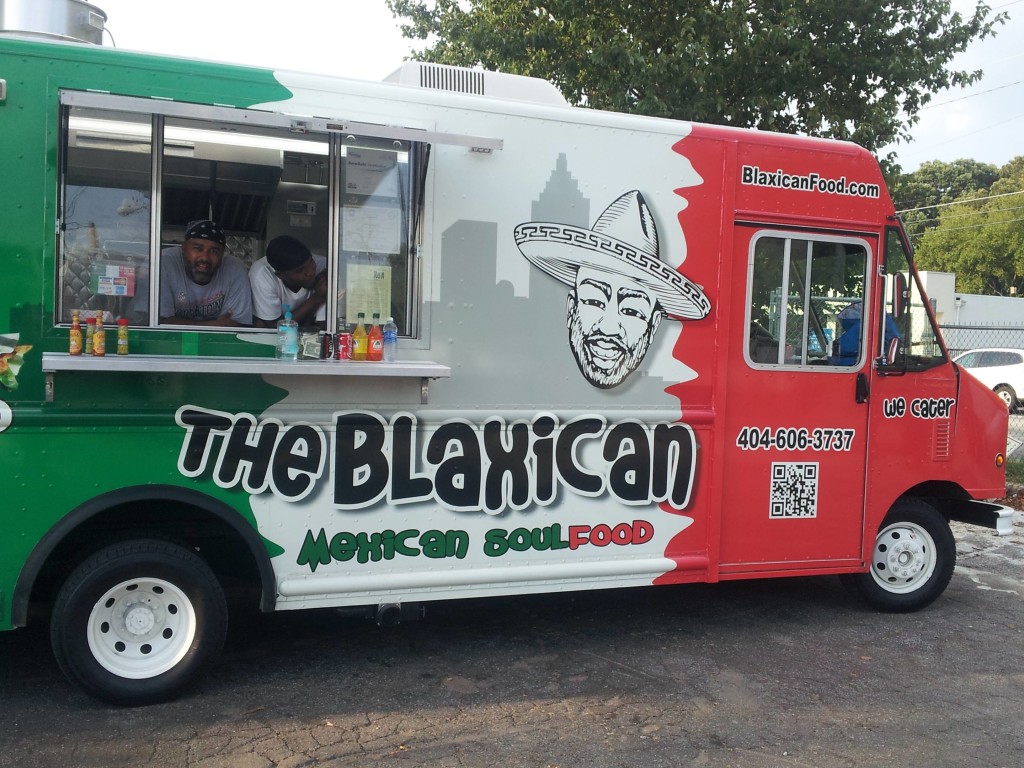You are what you eat.
We’ve all heard it before, or at least felt it after scarfing down a McDouble and fries at 2AM on a Saturday night. But while the saying is often used to avoid bad eating habits, it could also be used to elicit a sense of privilege and class. Case in point: 2 Chainz and GQ Magazine’s “Most Expensivest Shit” video series. Over the course of 15 episodes, the rapper with the purposefully redundant name surveys the most outlandish luxury items from across the globe. Cameras follow as he tests out everything from a $5K toothbrush to $30K headphones. But some of the most interesting episodes deal with food. My personal favorites feature a $295 burger sprinkled with 24K gold, and a $1K ice cream sundae…also sprinkled with gold.
Most people probably had no idea such things existed, which would probably lead some to believe that that’s exactly the intent of the series: to show that this level of luxury is real. But that’s about as hard to believe as reality TV stars showing themselves cooking dinner at home in a desperate attempt at forced normalcy. The way I look at it, a sundae that costs a month’s worth of rent is not real for most people, even if it does actually exist. But just like with haute couture in the fashion world, foodies fetishize over cuisine that looks almost too good, but most certainly costs too much to eat. As a result, there’s this weird void for marketers to fill.
Enter the Food Network, FOX, and the weird flock of cooking competition shows we’ve seen lately. People simply get a kick out of watching an ordinary Joe whip up magical looking dishes and then get voted off back into mediocrity. It’s spoon and fork Darwinism, not unlike Project Runway and how it gives everyone watching a gavel and opinion on high-fashion.
So, while GQ and 2 Chainz look to reel in viewers by exposing them to a bunch of cool shit most can’t afford or relate to (i.e. the allure of mainstream hip-hop), other outlets seek to profit by making the luxury of taste something more familiar and attainable. Just look at Yelp. Thanks to the app, and Yelpers who actually review restaurants so that the rest of us can lurk comments and weed out the bad spots, you never have to eat terrible Thai food again. Who needs a professional food critic when Yelpers are practically food-game Anna Wintours in their own right? They really don’t get enough credit. To speak directly: I thank God for y’all.
Oh, and don’t forget about the food trucks, aka the Urban Outfitters of the food revolution. Just like when shopping for new ‘fits at Urban, you can often find some really good, nuanced selections at food trucks. But, of course, people will judge you for being trendy. Trendy must always stand before a jury. Granted, the wholesale convenience of “cool” can be annoying to someone who just wants to grab a bite from a grilled cheese truck, or buy a pocket tee from Urban, but you have to go in expecting that some people are just in it for the Instagram likes.
Not that there’s anything wrong with that, though. As long as you don’t risk your food getting cold for the perfect shot, or slap your boyfriends hand away from the spinach and artichoke dip in favor of capturing the full appetizer, I think sharing food pics on social media is a great thing. For one, it shows that we’re finally catching up to what the Japanese and other cultures have been doing since forever: being more conscious about what we eat — even if only by accident. Ignoring the health benefits of the latter, a chili cheese dog simply isn’t quite as photogenic as a steak salad. Both are delicious, but no one wants to see brown chili dripping down a soggy bun on their newsfeed when it’s only 2PM on a Tuesday. Get your shit together, seriously.


love love love love love